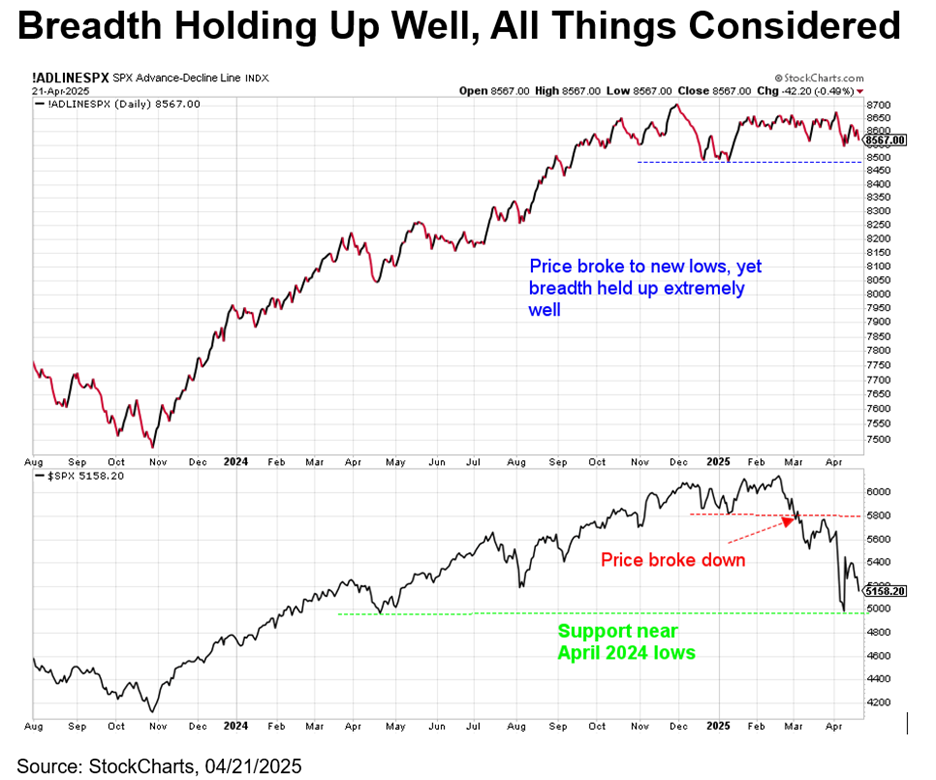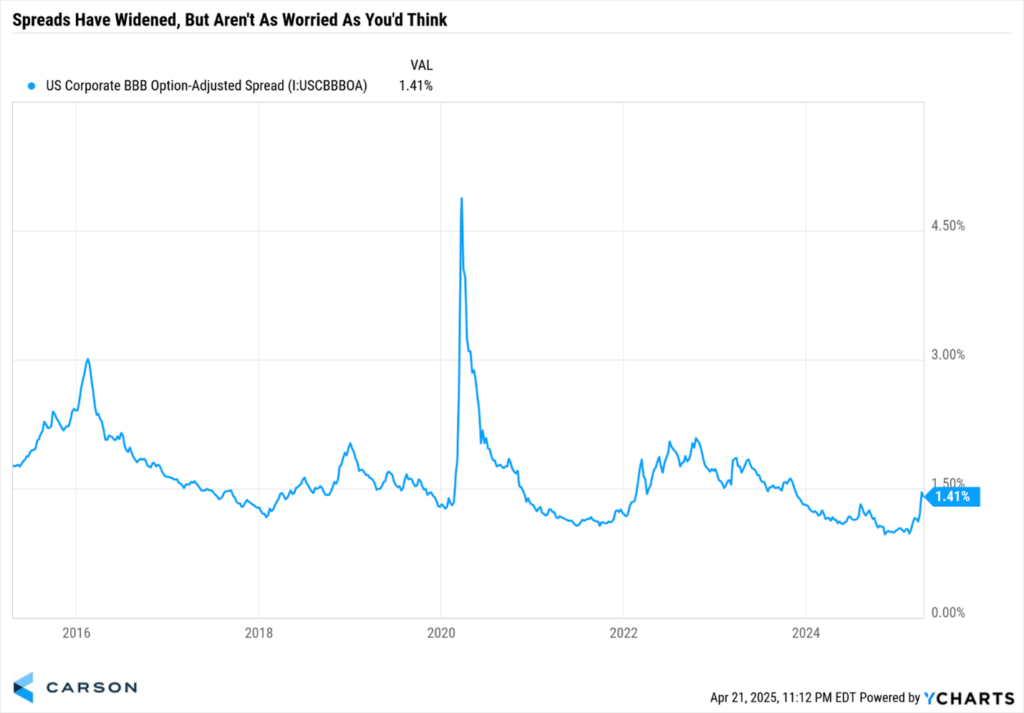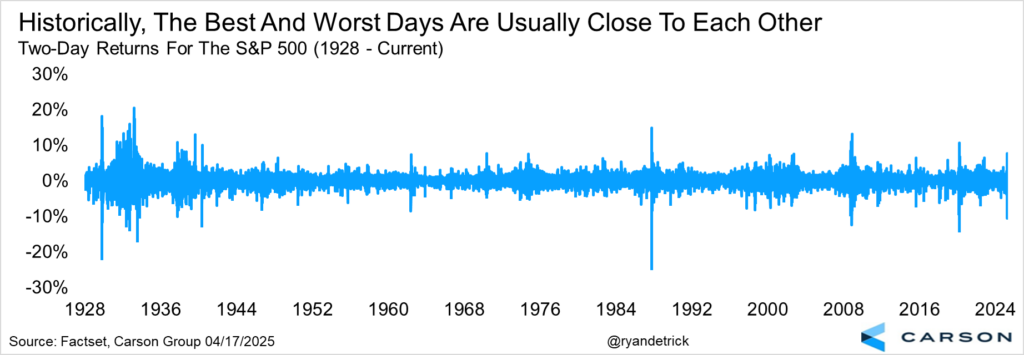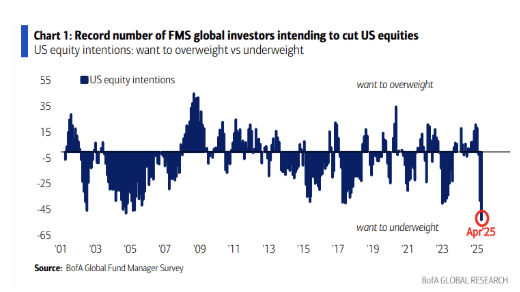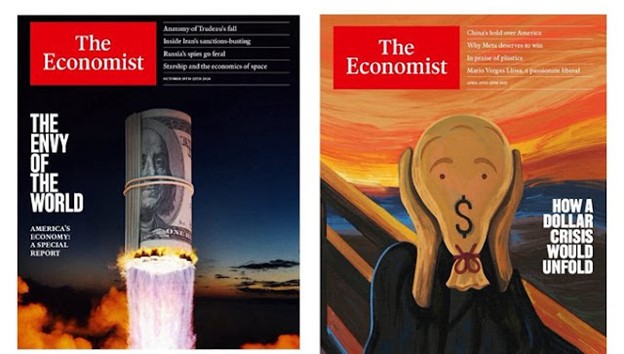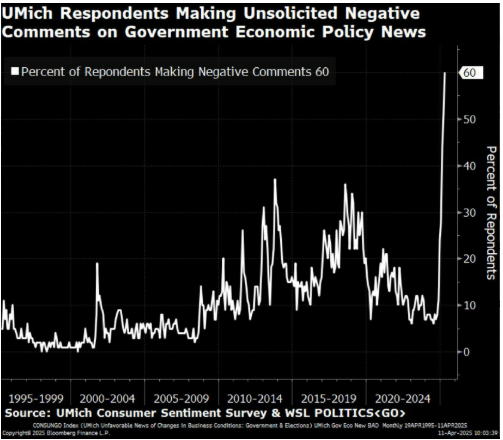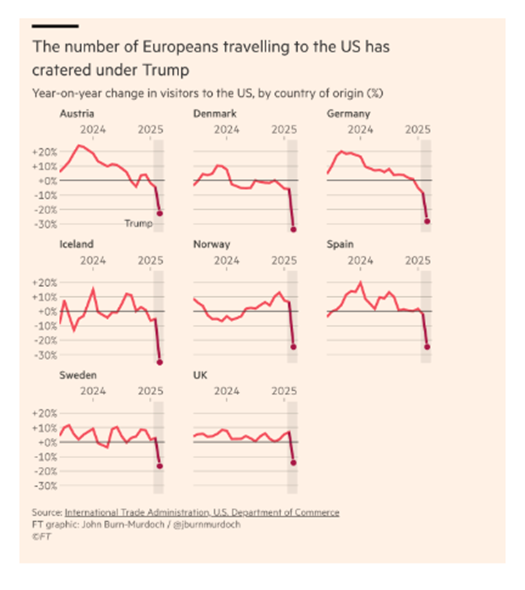“Everybody in the world is a long-term investor until the market goes down.” – Peter Lynch, famed manager of the Fidelity Magellan Fund
After the S&P 500 gained nearly 6% two weeks ago, there was some well-deserved giveback last week and again on Monday. Sparking the weakness last week was a big down day on Wednesday after hawkish comments from Jerome Powell and then Monday saw a large drop as President Trump fanned worries that he might try to force Powell out of the Fed. Whether he can he do it is another question for another day, but markets didn’t like him calling Powell ‘a major loser,” as it only added more uncertainty.
Some Good News
We are still of the opinion that stocks are trying to carve out a potential low, but risks are clearly still high over the trade war and the Federal Reserve (Fed) is in a tough spot. Speaking of the Fed in a tough spot, be sure to read The Fed Is Caught In A Between A Rock And A Hard and Lonely Place by Sonu Varghese, VP Global Macro Strategy.
One potential positive is market breadth has held up quite well in the face of the near-bear market. The S&P 500’s advance/decline line is a cumulative tally of how many stocks advance and decline each day and it can give clues of how things are really doing under the surface. As the chart below shows, the S&P 500’s advance/decline line has held up well above the early 2025 lows, whereas the S&P 500 price has broken beneath those levels, suggesting there is potential strength under the surface. Additionally, the S&P 500 found support just beneath the 5,000 level, which was also the last low in April 2024.
Some More Good News
I continue to be impressed by how well credit markets have hung in there given all the market volatility and worry over the economy. I learned a long time ago that credit investors are the smartest people in the room and the good news is we simply aren’t seeing major cracks in credit, yet. This could always change, and in a hurry actually, but even though the S&P 500 is down about 12% for the year, high yield corporate bonds are down less than 2%, much better than I’d expect if the monster under the bed was real.
Spreads on BBB corporate bonds have widened the past month, but still aren’t as blown out as they were back in 2022 for instance.
Historically, the Best and Worst Days Happen Near Each Other
As we’ve noted recently, the best and the worst days tend to happen very close to each other. In fact, on Thursday, April 10 and Friday, April 11, the S&P 500 fell more than 10% for one of the worst two-day returns in history. Many investors couldn’t take it and after that historic decline decided to get out of stocks early the next week. Sure enough, a historic jump was right around the corner, with now one of the best two-day rallies ever. As the chart below shows, the best two-day rallies and declines tend to happen near each other, with the worst days usually happening first, often followed by a huge rebound. This is another reminder that volatility is the price we pay to invest, and if you want to experience the big rallies, you will have to withstand the selloffs.
Sentiment Is Extreme
In many cases, sentiment is at extremely low levels, which could be positive from a contrarian point of view. Remember, once everyone is bearish the sellers may very well have exhausted themselves and a major low can form.
The recently released Bank of America Global Fund Manager Survey showed a record number of participants who intend to cut US exposure, as shown in the chart below. The survey also showed the largest two-month jump in cash since April 2020 and the 4th highest recession expectations ever. Given this survey looks at managers who manage actual portfolios, this is a very solid potential contrarian indicator.
Additionally, the National Association of Active Investment Managers (NAAIM) Exposure Index came in at its lowest level in 17 months, suggesting RIAs are finally tossing in the towel as well. Lastly, The Economist last October had a cover with $100 bills shooting into outer space with the title “The Envy of the World,” as everyone was bullish the US back then. Well, last week they had a cover discussing what could happen should there be a US dollar crisis. Just as sentiment was over the top on the US in late 2024, increasing the odds of potential trouble, now we are seeing the exact opposite backdrop.
Meanwhile, consumers are making negative comments unlike anytime in history, according to the University of Michigan’s Sentiment Survey.
Lastly, Europeans have quickly soured on the US, as those looking to visit us as tourists has outright tanked.
you were looking to buy expectations, then you’d want to buy when things were on sale and my friends, we are seeing that right now.
In conclusion, the fears and worries are real, but there are some positives out there as well. Stick with your plan and when in doubt, diversify it out. One of the worst things you could do right now is move everything out of equities and into cash or something super hot like gold. As great as gold has done (and it has been a tremendous non-correlated asset in 2025), it is historically stretched and chasing the shiny object (get it?) isn’t the way to reach long-term investment goals. Rebalancing, staying diversified, and following your investment plan are important investment concepts to focus on in times like this.
Thank you for reading and following what our team is saying. We know you have a lot of places to get investment advice and we are honored you chose us.

Stay on Top of Market Trends
The Carson Investment Research newsletter offers up-to-date market news, analysis and insights. Subscribe today!
"*" indicates required fields
For more content by Ryan Detrick, Chief Market Strategist click here.
7884557.1.-0425-A


